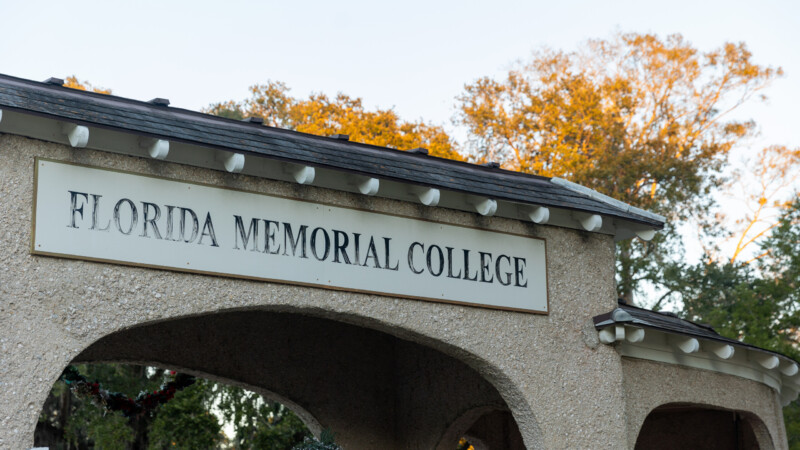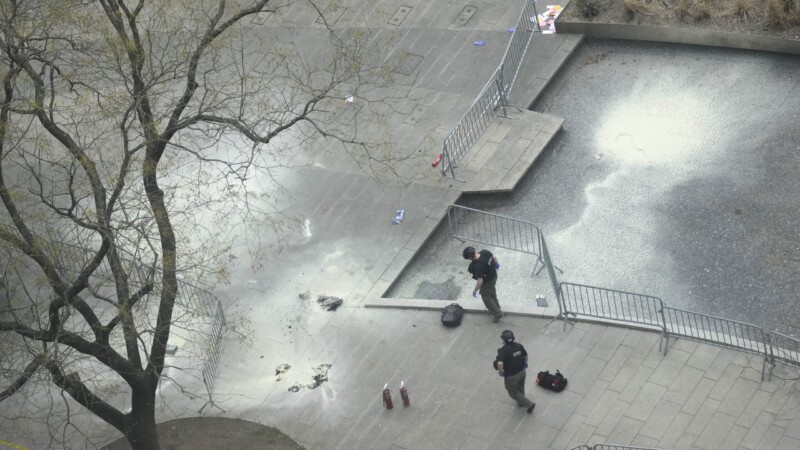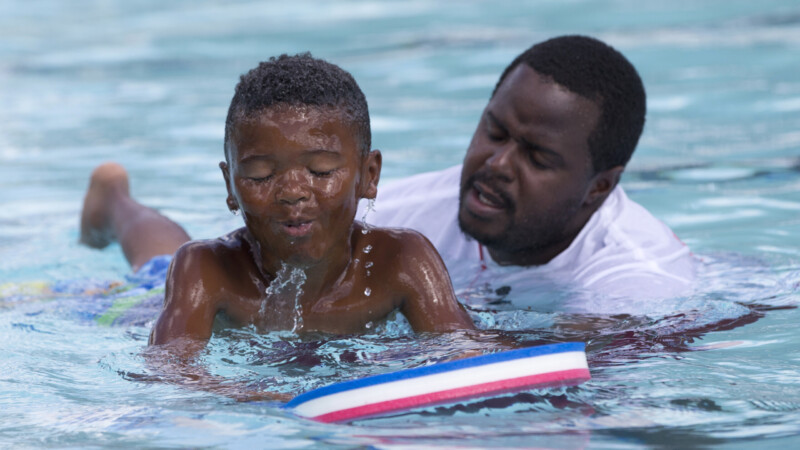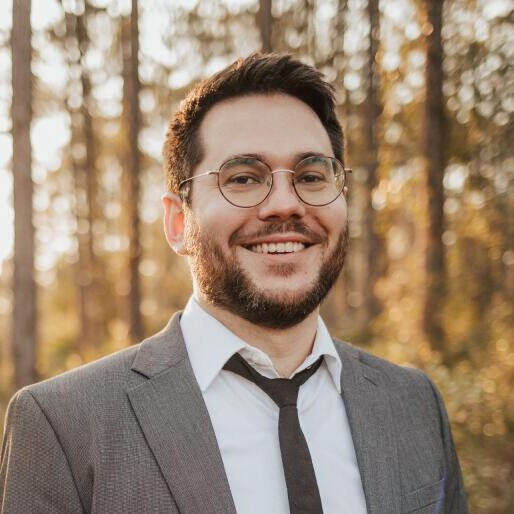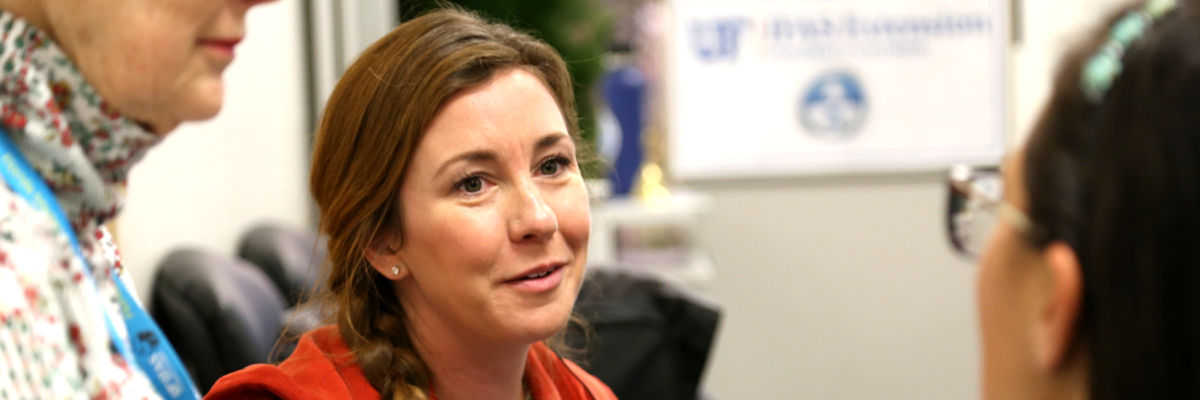Richard Leon is Jacksonville’s Urban Forestry Manager
What is an urban forestry manager? What do you do?
Half the city thinks I’m a tree butcher, the other half thinks I’m a tree hugger.
Basically, I’m responsible for all the trees on city property in Jacksonville. The parks department reaches out to me to inspect their trees and assess if they need to come down. But it’s not just taking them down, we also put them up. I’m kind of like the Lorax here in Jacksonville.
Why plant trees?
Our street trees alone store 260,000 tons of carbon. Mitigating stormwater runoff is a big thing that they do, especially here in Jacksonville. Another thing is erosion, just lowering the velocity of the rain.
There’s a lot of studies that show that neighborhoods with nice tree canopies have lower crime, there are lower asthma rates in areas with higher tree canopies, property value rates are higher in areas with nice trees, there are studies that show that people spend more money in shopping areas with nice tree canopies. Also wildlife habitat.
I think through proper urban forest management, we help to mitigate all these issues.

Source: Jacksonville I-Tree Eco Sample Inventory, ArborPro, Inc.
You are on something called the Tree Commission. What is it and how does it spend the city’s tree fund?
There’s land developers, environmental consultants, a landscape architect, the director of public works — it’s a very diverse group and, basically, we talk trees. We’re currently working on redoing our city’s tree-protection ordinances.
The city’s tree fund has about $26 million in it. It’s a blessing to have a tree fund with that much money, but also, it came from the contributions that developers were required to make when they removed trees.
To utilize the tree fund, there needs to be legislation that appropriates specific dollars to a specific project (like this one.). From that, I got the idea for the 630-CITY tree planting program. If you want to fill a pothole or if a stop sign is damaged or garbage missed your pick up that week, you call 630-CITY. So I said, “What if we have a program where they can ask if they want a tree to be planted in the right of way, and we just do it, across the whole city?”

We got an initial appropriation of $200,000 for a pilot. City Council loved it and then approved $1.6 million, which has basically all been spent, and we have 700 unfulfilled requests after that. We got about 1,200 trees planted.
What we’re talking about now is using some of those funds to redesign sidewalks downtown to incorporate trees with enough space to grow and become mature. Those are hard surfaces where we’re going to have the most runoff, the most urban heat.
One stat from a recent report: During an average rain in Jacksonville, the city’s trees take up nearly 1.4 billion gallons of water a day, which is equivalent to about 2,100 Olympic swimming pools of water. So if we lose even just a small percentage of our tree canopy, will catastrophic flooding events become more frequent?
Absolutely. More tree canopy is going to help with the runoff and with standing-water issues after storms.

& percentage of total annual benefits
Source: Jacksonville I-Tree Eco Sample Inventory, ArborPro, Inc.
What’s the status of Jacksonville’s tree canopy?
The issue with Jacksonville is that it’s such a large city. Essentially we’re over 50% canopy cover, but it’s not evenly distributed. I think the next step is trying to advocate for the beach communities to plant more shade trees because they have the lowest canopy cover out of all of the 14 Council districts.
“The benefits of trees increase exponentially with the size of the tree, and I think that’s why it’s so important, not only to have a reforestation effort but also to have tree preservation efforts so we’re not losing these large trees.”
– Richard Leon, Urban Forestry Manager, City of Jacksonville
What kinds of trees are the most beneficial?
The benefits of trees increase exponentially with the size of the tree, and I think that’s why it’s so important, not only to have a reforestation effort but also to have tree preservation efforts so we’re not losing these large trees.
What a lot of people don’t realize is that tree, when it’s planted, there’s a time where it’s actually more of a drain on the environment than a benefit to the environment. If you account for all the emissions it takes to plant that tree and the watering of that tree and having to get that tree established and everything that goes into planting that tree, it’s actually more of a drain on the environment for the first couple years. It’s really not until that tree starts to establish itself and it starts to grow where it starts to give back.
What’s being done to protect forests from development?
There’s a big emphasis on making sure that these developers pay the proper amount for when they remove these trees. On my end of it, the best thing that I can do is to try to adhere as closely as possible to the spirit of the tree fund and to, wherever possible, plant trees that are shade trees, that are big canopy trees. There were some studies that show people are willing to pay a premium for areas that are near parks. The challenge is to convince developers that, “Hey, you can actually get a premium for a lot of these lots if you preserve green space in your area.”

Scientists say climate change will make hurricanes more intense. Is that something you think about as it relates to trees?
Obviously, we’ve had a ton of trees come down. But it’s a catch-22 because the more people get apprehensive about trees, the more they cut their trees down, the more they’re susceptible to high winds. Trees in a forest setting help to mitigate some of those wind speeds.
What are you proudest of?
I’m actually really proud of our website: COJ.net/trees. If you want to put in a request for a tree removal or tree trimming, you can do it. If you want to put in a request to have a tree planted, you can do it through there. We also have our tree plotter, a map showing trees already planted and those in progress.

What’s your vision for urban forestry in Jacksonville?
I would like to have that 630-CITY tree planting program be ongoing.
I want Jacksonville to be a city that people look at and say, “Wow! They did something innovative. They’re doing something innovative, let’s copy them.” That really is my goal, to get Jacksonville recognized on a national and on a world stage.
This Q&A has been edited and condensed for clarity and brevity.



